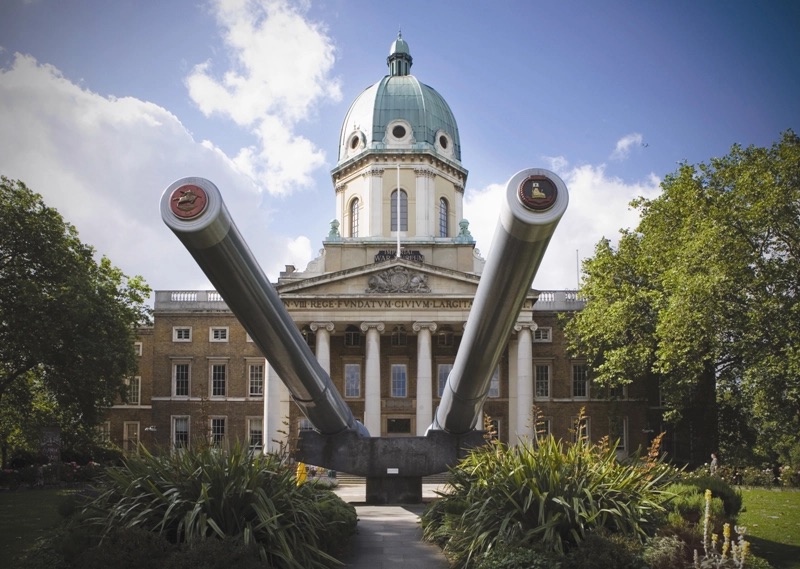- Published on
Exploring the Imperial War Museum

Opening Thoughts
As someone who isn't typically drawn to war-related exhibits or weaponry, I was genuinely surprised by the complexity and thoughtful presentation of information at the Imperial War Museum. The museum covers a vast amount of history, including British colonization, and acknowledges the grim realities of war rather than glorifying it.
The Imperial War Museum's approach to displaying information is both powerful and immersive. Throughout the entire museum, visitors are exposed to deeply unsettling sounds of warfare that most people wouldn't have the chance to experience otherwise. These sounds, coupled with firsthand accounts from soldiers, help convey the horrifying conditions of war and its lasting impact on those involved.
The museum's exhibits focus primarily on World War I, World War II, and the Holocaust, presenting a comprehensive and compelling look at these significant periods in history. While the subject matter may be somber, the Imperial War Museum's approach to presenting it allows visitors to gain a deeper understanding and appreciation of the complexity and consequences of war.
First Floor:
The first floor of the museum is dedicated to World War I, offering visitors an immersive journey through the causes, key battles, and experiences of soldiers and civilians during the Great War. The exhibits are brought to life through a variety of interactive elements that engage visitors and draw them into the stories being told.

A unique feature of the entire museum is the use of deeply unsettling war sounds that transport visitors into the war environment, providing a glimpse of what it might have been like to experience these conflicts firsthand. One of the most remarkable exhibits on the first floor is a real trench, giving visitors an authentic perspective on the conditions soldiers faced during World War I.
Second Floor:
At the museum's second floor, you'll discover a fascinating array of exhibits dedicated to World War II. These displays delve into various aspects of the conflict, from major battles and tactical strategies to the personal experiences of soldiers and civilians.

The gallery's focus is on the intricate details of the war itself, rather than the implications of the Holocaust, which are covered in the dedicated Holocaust Gallery.
Third Floor:
The Holocaust Gallery at the museum is a truly stunning and immersive experience. Instead of focusing solely on the war, as the World War II exhibit on the second floor does, this gallery delves into the rise of the German powers and the circumstances that led to the Holocaust.

Throughout the gallery, primary sources and first-hand accounts, such as letters and intimate objects, create a deep connection with the stories being told. This powerful presentation of information allows visitors to feel a personal connection with the people affected by these tragic events.
The chronological layout of the gallery further enhances the experience, unfolding like a movie that details every aspect of the Holocaust. The carefully curated flow of information guides visitors through the harrowing events, making it easy to follow and understand the timeline of events.
While the graphic and brutal nature of the content may not be suitable for children, the Holocaust Gallery is a must-see for those seeking a deeper understanding of this dark chapter in human history. The museum's thoughtful and impactful presentation offers a poignant and unforgettable journey through the lives and experiences of those affected by the Holocaust.
- Authors

- Name
- Apurva Shah
- Website
- apurvashah.org